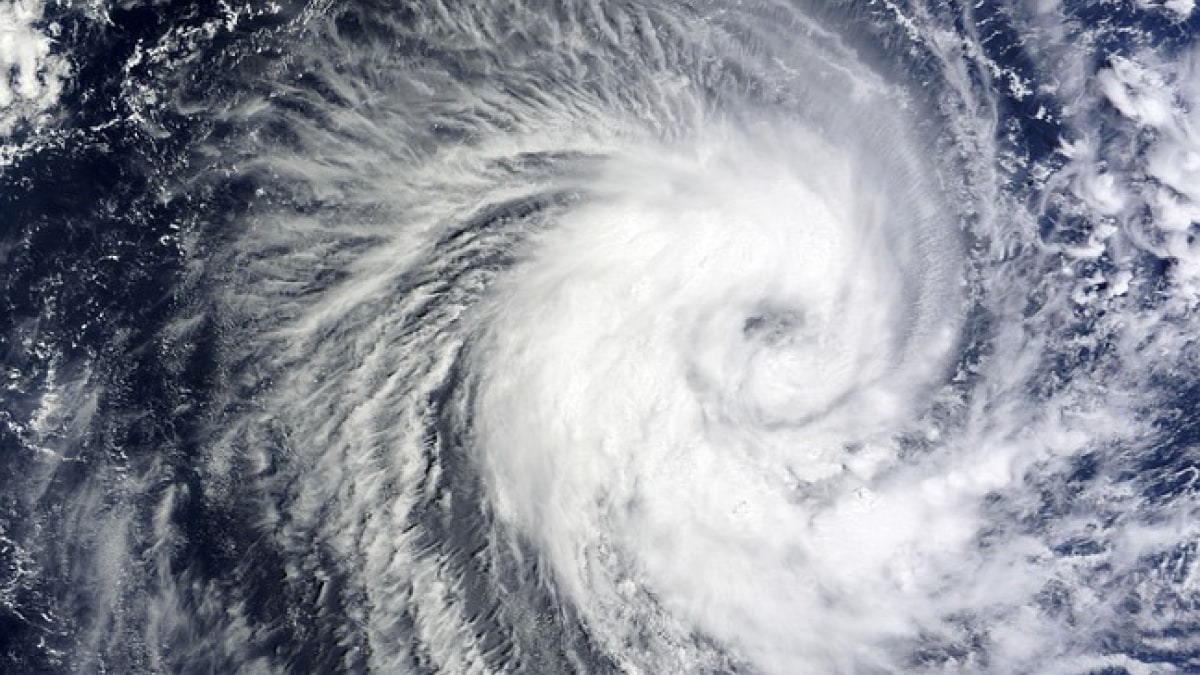Dangerous weather phenomena known as bomb cyclones are characterized by their rapid intensification and potential to cause significant damage. These systems, formed predominantly in mid-latitude regions between Earth's tropics and polar areas, bring severe winds, heavy rainfall, snowfall and sometimes frigid temperatures. While they can exhibit hurricane-like traits, bomb cyclones are fundamentally distinct, according to meteorologists.
What Defines a Bomb Cyclone?
A bomb cyclone, also termed explosive cyclogenesis or bombogenesis, is a low-pressure system that intensifies rapidly. It is formed when atmospheric pressure drops by at least 24 millibars within a 24-hour period. Such systems typically develop over oceans during winter months, lasting about a week. The winds often reach hurricane strength, with precipitation occurring in large amounts. According to to what Professor Jon Martin of the University of Wisconsin-Madison told Reuters, bomb cyclones peak in intensity over four to five days before subsiding.
How Bomb Cyclones Develop
Ideal conditions for bomb cyclone formation include specific interactions between surface-level and upper-atmosphere weather systems. The jet stream—a high-altitude band of powerful winds—plays a significant role. Atmospheric disturbances occurring in the troposphere, approximately 5–8 km above ground, often precede the development of these storms. Professor Martin has stated that warm ocean surfaces are another critical factor, with many intense bomb cyclones originating over such regions. The latent heat energy released during condensation and freezing processes further intensifies these storms.
Where and When They Occur
Bomb cyclones are most common in storm tracks along the east coasts of continents, where warm ocean currents exist. The Gulf Stream near North America and the Kuroshio Current off Japan are notable examples. These systems primarily form during the colder months, from November to March in the northern hemisphere and May to August in the southern hemisphere.
Are Bomb Cyclones Becoming More Frequent?
The relationship between climate change and bomb cyclone activity remains under investigation. Professor Martin has highlighted that the increasing water vapor in the atmosphere, caused by global warming, may amplify the storms' latent heat dynamics in a statement. However, uneven warming across latitudes could counterbalance this effect. The implications for cyclone strength and frequency continue to be studied.
For the latest tech news and reviews, follow Gadgets 360 on X, Facebook, WhatsApp, threads and Google NewsFor the latest videos on gadgets and tech, subscribe to our YouTube channelIf you want to know everything about top influencers, follow our in-house Who'sThat360 on Instagram and YouTube,

Hugging Face Introduces Open-Source SmolVLM Vision Language Model Focused on Efficiency
Oppo Find X8 Ultra Tipped to Feature Spectral Imaging Sensor, Could Launch Next Year



